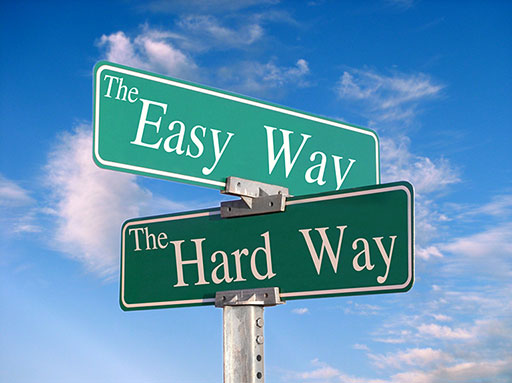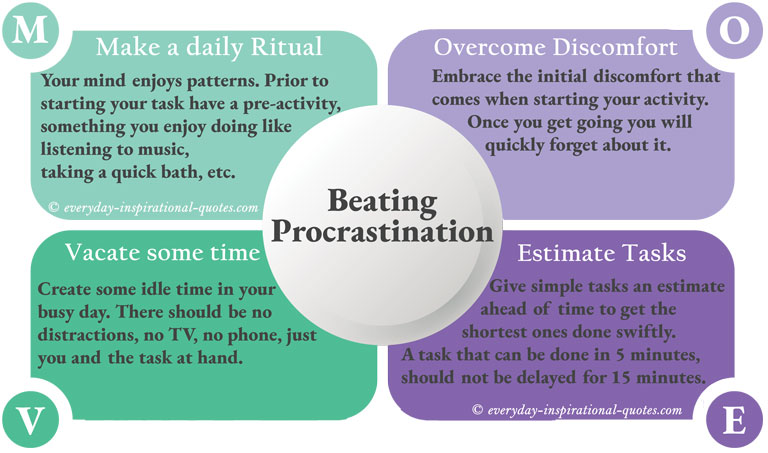Do what you can, with what you’ve got, where you are – were the words of Theodore Roosevelt, who served as the 26th President of the United States from 1901 to 1909. The quote comes from Roosevelt’s autobiography – Theodore Roosevelt, written in 1913. However, the source of this quotation comes from Squire Bill Widener as Roosevelt points out himself, and it refers to one’s duty in life.
There is a bit of homely philosophy, quoted by Squire Bill Widener, of Widener’s Valley, Virginia, which sums up one’s duty in life: “Do what you can, with what you’ve got, where you are.”
An autobiography by Theodore Roosevelt
Roosevelt repeatedly emphasizes the importance of taking action in one’s life. In the same autobiography, he also stated, “The greatest happiness is the happiness that comes as a by-product of striving to do what must be done, even though sorrow is met in the doing.”
Who was Theodore Roosevelt?
Theodore Roosevelt, often called “Teddy,” was born on October 27, 1858, in New York City. His childhood was primarily defined by his poor health, particularly his debilitating asthma. However, his health conditions did not have a negative impact on his energy, as he was known to be energetic and inquisitive.
When Roosevelt was only seven years old he stumbled upon a dead seal at a local market, which later sparked his curiosity for zoology, an interest that would last his entire lifetime. Together with his cousins, Roosevelt created a makeshift museum called the “Roosevelt Museum of Natural History,” After learning basic taxidermy, he would fill the Museum with animals he killed or caught. At nine years old, Roosevelt wrote “The Natural History of Insects,” a paper detailing his observation of insects.
His political leanings were influenced mainly by his father, an active supporter of the Union during the Civil War. Roosevelt himself stated that his father was the best man he ever knew.
What is the meaning of the quote?
When Roosevelt was referring to the quote by Bill Widener in his autobiography, he talked about the importance of striving to do what must be done. With said quote, Roosevelt was emphasizing the importance of taking action then and there. Specifically, Roosevelt pointed out that what can be done now should be done now and that a person has no excuse if the task is already within their abilities, to begin with. For Roosevelt, the quote encapsulates one’s duty in life.
Theodore Roosevelt’s outlook on life
For Roosevelt, life must be filled not with ease but with strenuous endeavor. He fully embraced the idea that a life lived with ease is no life at all. This outlook was put on full display in The Strenuous Life, an 1899 speech given by Roosevelt while still the Governor of New York.
I wish to preach, not the doctrine of ignoble ease, but the doctrine of the strenuous life, the life of toil and effort, of labor and strife; to preach that highest form of success which comes, not to the man who desires mere easy peace, but to the man who does not shrink from danger, from hardship, or from bitter toil, and who out of these wins the splendid ultimate triumph.
The strenuous life speech by Theodore Roosevelt
In his speech, Roosevelt repeatedly referred to the importance of facing the challenges of life boldly. Roosevelt believed that idleness had no place in one’s life, and a person must not shrink from hard contests where men must win at hazard of their lives and at the risk of all they hold dear,” lest people with more strength and boldness overshadow him.

Roosevelt’s emphasis on a strenuous life is also encapsulated in his autobiography. To reiterate, Roosevelt believed in the importance of doing what must be done, “even though sorrow is met in the doing”. He was a firm believer in the importance of duty; in fact, he placed more emphasis on the act of doing more than the act of obtaining the desired results.
The importance of taking immediate action
Throughout the course of a person`s life, there are countless opportunities presented every single day. However, the window to act upon these opportunities is fleeting. An individual who decides to pass upon opportunities, choosing instead to put them off for another day, will find it more difficult to turn their life around as more time passes.
The best time to plant a tree is twenty years ago. The second best time is now.
Chinese Proverb
A common adage in the modern world says something to the effects of, “The best time to start doing things was yesterday. The second-best time is now.” For more significant tasks, it does not necessarily mean that they have to be finished instantly, as long as they are started on immediately.
For most people, taking that first step towards doing something is the most crucial, yet it is also the most overlooked. Taking small steps forward will eventually become a habit which will later turn into bigger steps resulting in a snowball effect. On the other hand procrastination stops people dead in their tracks, putting off even something small which could have been done in a few minutes.
Those who have a habit of not taking action as soon as an opportunity presents itself will have numerous chances fly by them on a regular basis. Too often, this is realized only after a considerable amount of time has passed after the opportunity is gone. There are also some people who delay taking action until the last possible minute. The rushed efforts they later take causes them to miss out on additional opportunities they could have already taken.
How to cultivate the habit of taking action
To cultivate the habit of taking action, one must first battle the habit of procrastination or in other words, putting off for later what can be done today.

- Task Estimation.
- Establishing a ritual.
- Setting scheduled times for work.
- Embracing discomfort.
One tip to do this is to measure how long a particular task will take.
For instance, a task that can be done in five minutes, like taking out the trash, should not be delayed for 15 minutes. In that period, a person could have completed the 5-minute task, with 10 minutes free to do other essential tasks. However, by putting it off, the person wasted 15 minutes and still has to spend five minutes to complete the task.
Establishing a ritual, means you consistently go through a sequence of steps before starting your scheduled task. It does not have to be something strenuous, in fact it works best if its enjoyable. For example, consistently taking a 10 minute hot bath before you begin working will give your brain a clue that you are going to start work as soon as you are done. Your mind likes predictability and a familiar set of patterns which come together. Do you ever notice when you decide to drive somewhere you follow a small routine? You find your keys, get into the car, you check your front and rear view mirrors (hopefully) then you switch gears and start driving. So why can`t you have a small routine before you start working?
Yet another tip is to schedule a set amount of time in your day to work on some task. This could be a side project, fixing something broken, gardening or even reading a book. To achieve this, you must consistently free up at least 1 hour in your day (consider this as your no-one bothers me time), this can be early in the morning before work, afternoon, or even late in the evening. Once you have created a habit of always focusing on your task during this specific time, it will gradually become easier. Eventually this becomes a habit, a routine, a daily ritual, whatever you wish to call it and as long as you consistently set a boundary on that one hour of your time per day, you will be that much more productive.
One more thing a person can do to become more proactive is embracing the discomfort that accompanies the activity they are doing. Certain obligations can make the mere thought of doing a chore uncomfortable. However, there are some tasks with a degree of discomfort that are inherent and inescapable. In those situations, the best approach would be to accept the uneasiness that comes with doing the said task and just get over the pain period. This would be the closest application to Roosevelt’s outlook on life, which is to do that which must be done, “even though sorrow is met in the doing.”

